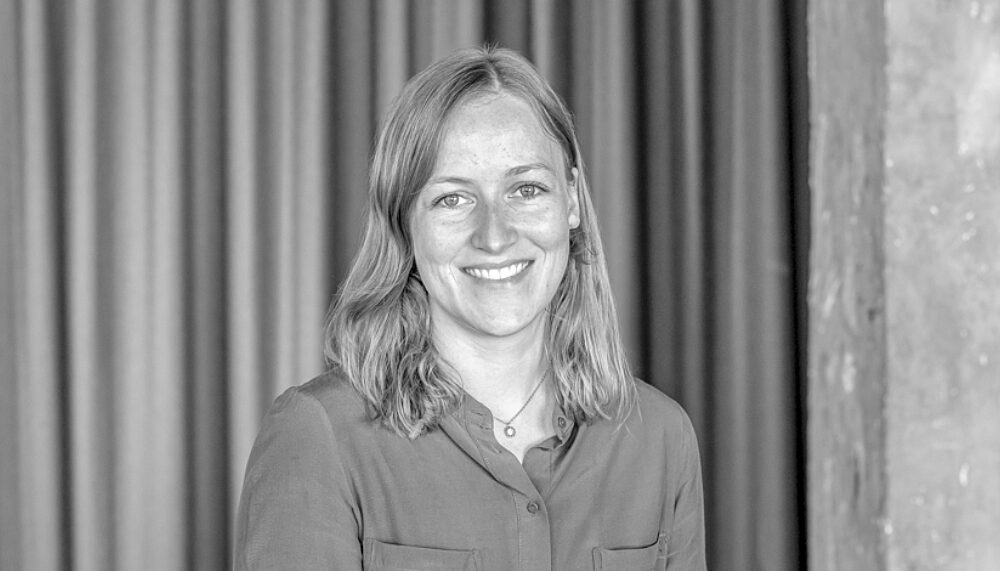
Project Manager, Sub-Saharan Africa Unit
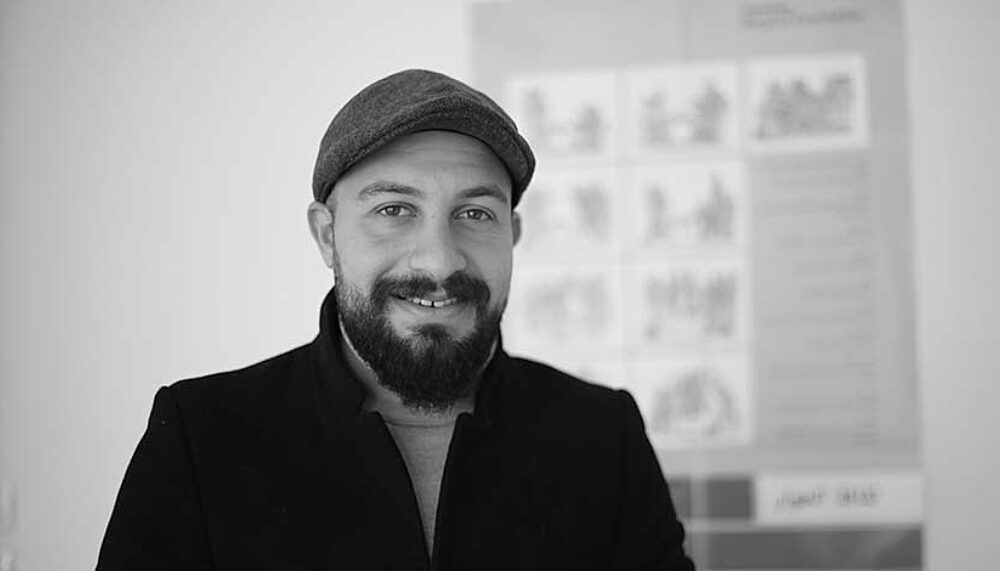
Project Assistant, Middle East and North Africa Unit
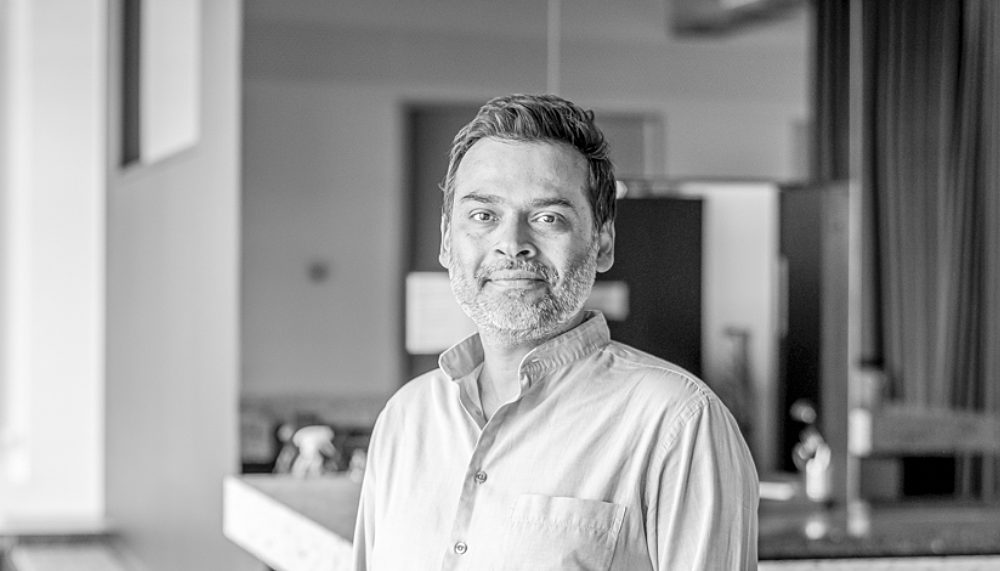
Senior Advisor, Dialogue and Mediation Support, Sub-Saharan Africa Unit
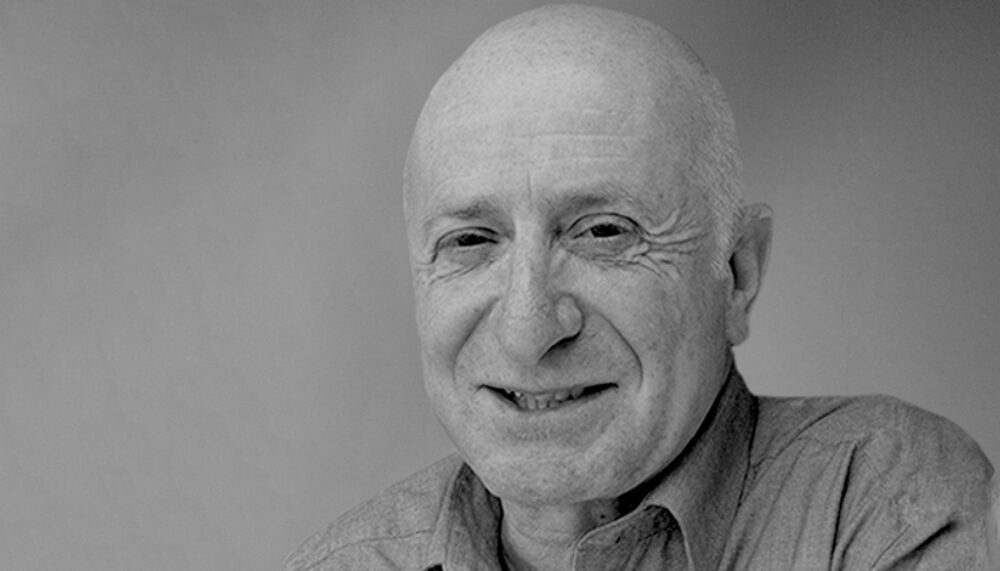
Senior Associate, Peace Education
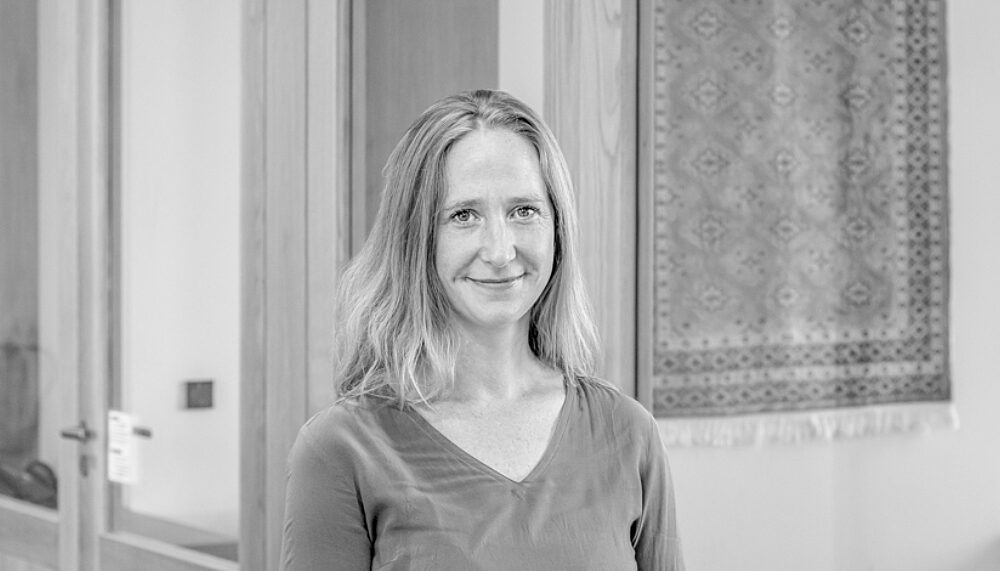
Senior Advisor, Middle East and North Africa Unit
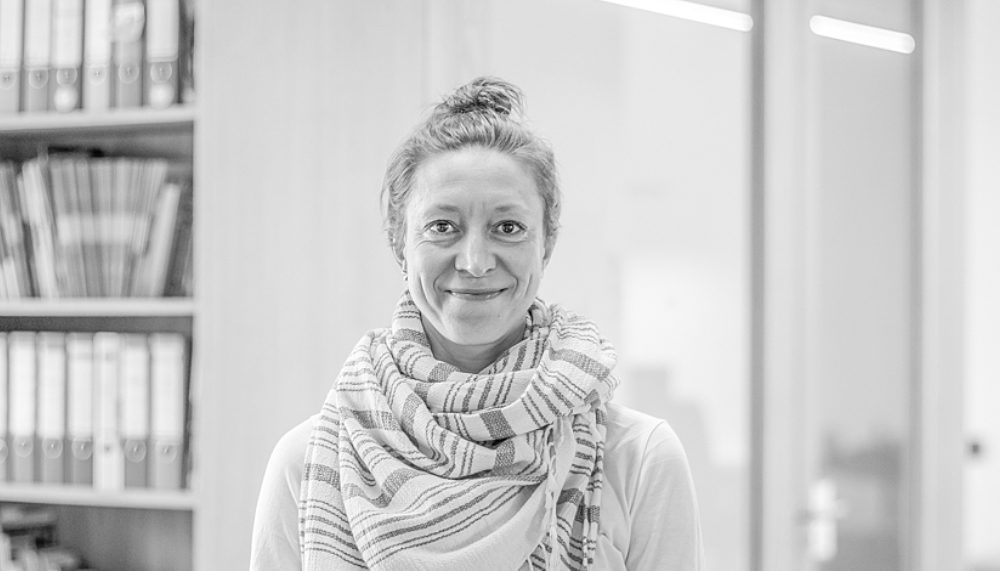
Senior Project Manager, Peace Education

Chief of Staff, Executive Office
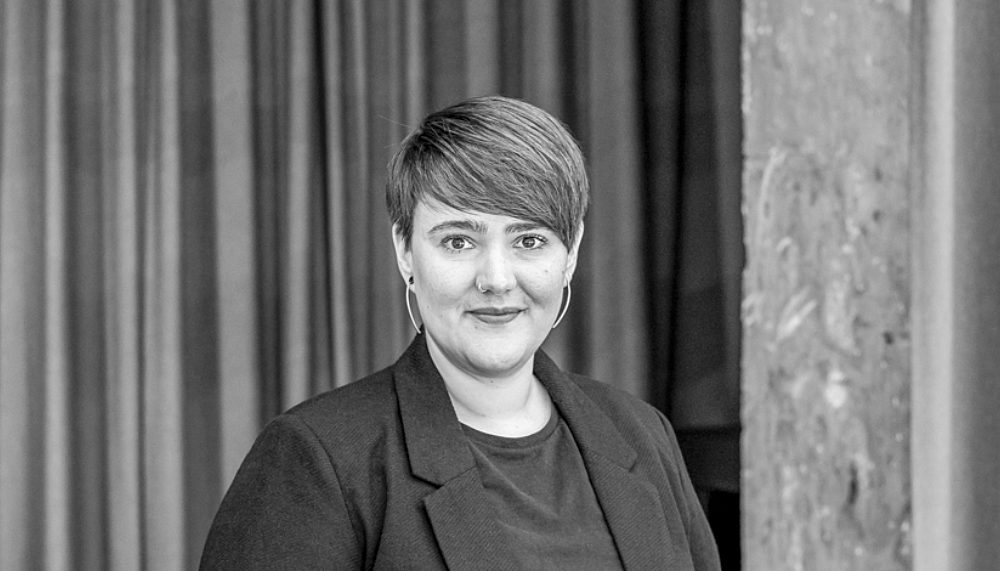
Communications Manager, Communications

Senior Advisor, Yemen Unit